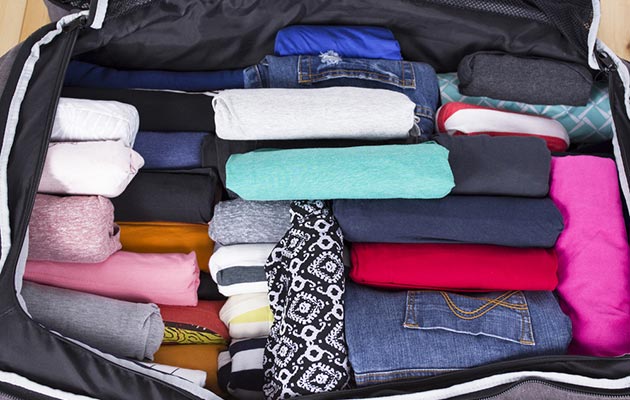Choosing Proper Clothing For Our Trip

It is important to choose best fabrics for our trip and it is important that clothing doesn’t become additional issue when are are traveling. In fact, we don’t always have iron nearby and local laundry service can be quite expensive. To improve convenience during a trip, we should bring wrinkle-free clothing, especially those made from polyester, knitwear, wool and silk. These materials should be wrinkle resistant and we may need to squeeze it hard, to find out whether any wrinkle may develop. If we have fine wrinkles on our cloths, we may hang them inside the bathroom and hot steam could smooth them out. Other than the type of material, we may also choose the one that can trap or deflect heat, depending on our destination area. Cotton may be able to release trapped heat, but it is easily wrinkled, so we may choose cotton clothing that is mixed with enough wrinkle-resistance material. Travelers may go to cold areas, such as Alaska, Iceland and Scandinavian countries and it is important that we wear thermal underwear. It should be relatively light and can keep us sufficiently warm.
Regardless the type of material, we should make sure that it can get dry quickly. Some, big heavy coat can have significant insulating property, but it could trap moisture very easily. We may need to wear layered clothing that can help us to trap body heat very easily. Wool is a good insulator when it is dry, or even when slightly damp. So, it is a great choice when we go to colder areas. Cotton isn’t the appropriate material when we go to very cold area, because our body heat may escape very easily. Wet clothing that’s made from cotton can leave us shivering and we may have health problems due to prolonged exposure to cold temperature. Hat, socks and thermal gloves should be able to keep our head, feet and hands warm. Thermal underwear should also be able to keep the overall coldness at bay. In any case, we should be fully prepared for wetter weather. Even during trips in areas with desert, it can get really cold at night and rain could happen occasionally. The local guide may actually tell us stories about sudden flash floods that appear and disappear very quickly on the desert.
So, even in areas where it’s normally hot and rarely rain, we should prepare emergency protection against unexpected downpour. Some rain gear can also be used as outer layer to protect our body against very low temperature. In this case, we should make sure that we are able to take the necessary precautions. Good waterproofing fabric should be able to keep us dryer and it should still be able to “breathe” easily during very hot days. Gore-tex could cost us a lot of money, compared to standard rubberized jacket, but it could make significant difference. During a long trip, we should be prepared to spend extra money for better clothing. The easiest way would be to double our outfits, so we can easily thicken our clothing with little effort.
